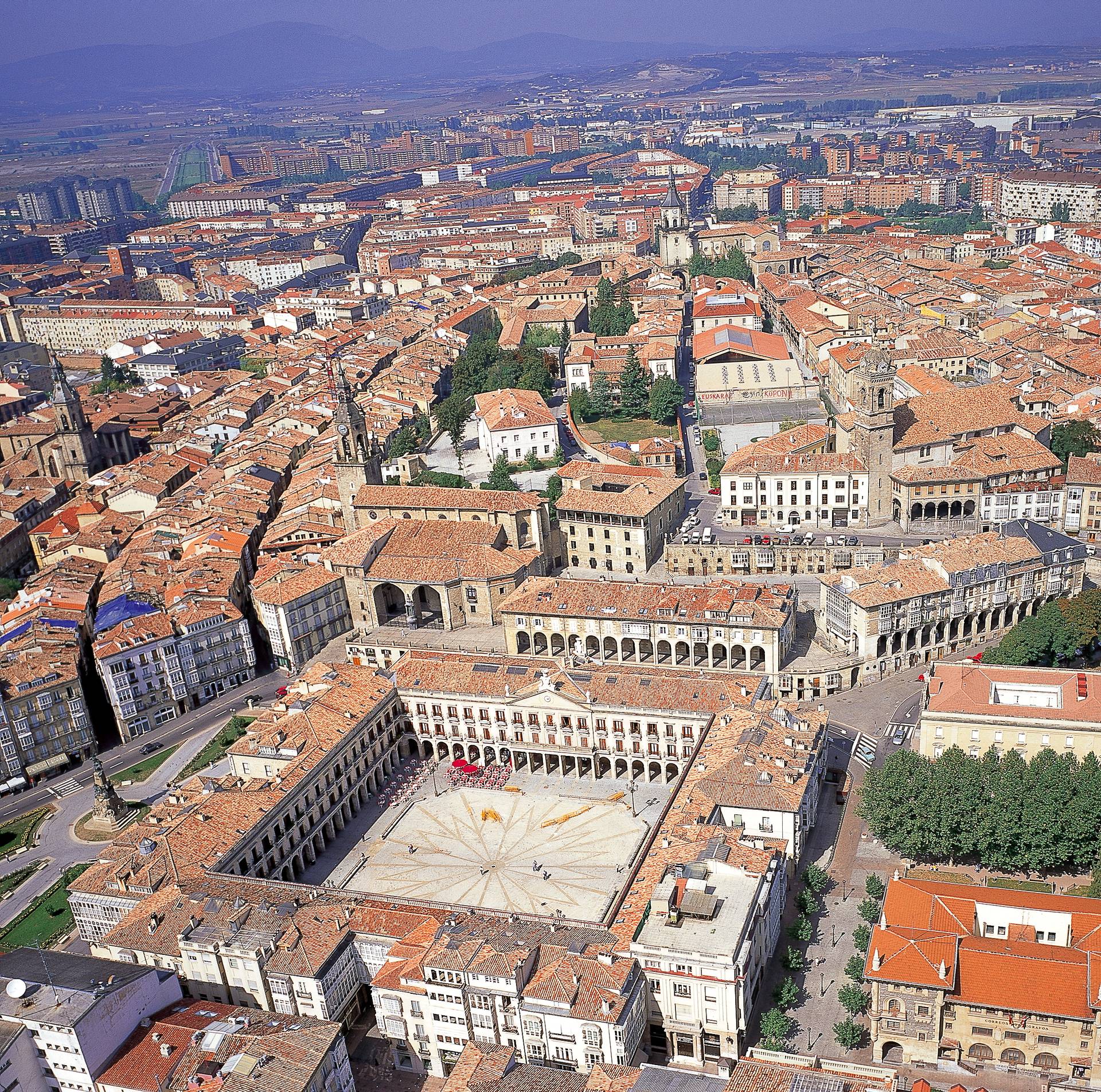Today, Rome’s Pontifical Theological Faculty of Saint Bonaventure, better known as the “Seraphicum,” hosts a conference to mark the 800th anniversary of the “Pardon of Assisi,” an indulgence for the forgiveness of sins traditionally regarded as granted by Pope Honorius III in response to a personal request by St. Francis of Assisi.
Among the highlights will be a presentation by Capuchin Father Rainero Cantalamesa, the Preacher of the Papal Household, on “Mercy: Witness and Mission of the Church Today,” in keeping with the spirit of Pope Francis’s jubilee Year of Mercy.
(As a footnote, the Seraphicum is operated by the Conventual Franciscans, and given the sometimes strained history among the various branches of the Franciscan family, the presence of a couple of Capuchins at the event gives it a sort of charmingly “ecumenical” vibe.)
The coincidence – which is not, of course, really a coincidence – that the anniversary of the Pardon of Assisi falls during this jubilee year creates a good occasion for recalling a key insight about Pope Francis: To wit, yes, he’s very much a Jesuit, but there’s also a deeply “Franciscan” imprint to his papacy.
For those who don’t know the story, tradition has it that one night in 1216, Francis of Assisi was praying in the Porziuncola, the small church where his order was founded, when he had a vision of Jesus and Mary surrounded by angels.
Because Francis prayed so ardently for mercy for sinners, he was told he could choose any grace he desired and it would be granted. He asked that all the sins be forgiven of anyone who repented, confessed and visited the small church. Through Mary, Francis was told his desire would be granted on the condition that he got the permission of the pope.
Francis and another brother set out for Perugia, where the newly elected Pope Honorious III was at the time, and despite his initial resistance, the request was approved. Significantly, Francis insisted that the indulgence be granted without the payment of any fee or contribution, which was the normal practice at the time.
Initially the indulgence was available only at the Porziuncola chapel between the afternoon of August 1 and sunset on August 2. Over time, it was extended to all Franciscan churches, and then all the parish churches in Assisi.
It is, of course, hardly an accident that Pope Francis chose this year, marking the 800th anniversary of that great medieval act of mercy, to stage his jubilee. Last August, Francis cited the Pardon of Assisi as part of the logic for the Holy Year of Mercy.
“Today we remember the Pardon of Assisi,” the pontiff said during a Sunday Angelus address.
“It is a strong call to approach the Lord in the Sacrament of Mercy and also to receive Communion,” he said. “Some people are afraid to approach the confessional, forgetting that they are not meeting a strict judge, but instead an immensely merciful Father.”
Right now, the Jesuit imprint on Pope Francis is especially visible, as the order is meeting in Rome for its 36th General Congregation to plot a course for the future based on the direction being set by “their” pope. Yet despite that Jesuit background, the figure of Francis and the Franciscan legacy is also decisive.
Historically, there have been four Franciscan popes: Nicholas IV, Sixtus IV, Sixtus V, and Clement XIV, with Nicholas being a member of the Friars Minor and the other three being Conventuals. Arguably, there’s now a fifth, in spirit if not in the initials at the end of his name.
Let’s recall that picking a name is, literally the first choice any pope ever makes. The way it works inside a conclave is that when a candidate crosses the two-thirds threshold for election, he’s asked if he accepts. Assuming the answer is “yes,” from that moment he’s the pope. The next question in sequence is, “By what name will you be known?” and generally the answer sets a tone.
In March 2013, the new pope took the name “Francis” – inspired, as it turns out, by a Franciscan, Brazilian Cardinal Claudio Hummes. The pope later explained that when he was elected, inside the Sistine Chapel Hummes hugged him, kissed him, and said, “Do not forget the poor.”
To be clear, taking the name “Francis” was an audacious thing to do. Over the years, I’d interviewed church historians and experts on the papacy who actually felt there were three names no pope could ever take: Jesus, because that would be blasphemous; Peter, because he was the first and only; and Francis, because he is Catholicism’s iconic and unrepeatable saint.
Knowing all that Francis of Assisi represents in the Catholic imagination – absolute simplicity and humility, a deep love of nature and the poor, and a complete detachment from worldly power and status – to take that name instantly created a massive set of expectations, and it would have been an albatross around the neck if the new man didn’t, or couldn’t, deliver.
It was also a striking choice from another point of view. In Catholic psychology, the papacy represents the institutional church, while Francis embodies the charismatic and bottom-up dimension. To wed the two in a single personality is, to say the least, arresting.
From his lifestyle to his advocacy for the poor and the environment, Pope Francis seems fairly driven to live up to his namesake’s legacy, culminating in the centrality of mercy as his spiritual lodestar.
In that sense, the “Pardon of Assisi” is another reminder that this Jesuit pope is, simultaneously, perhaps the most Franciscan pontiff in a very long time.
















